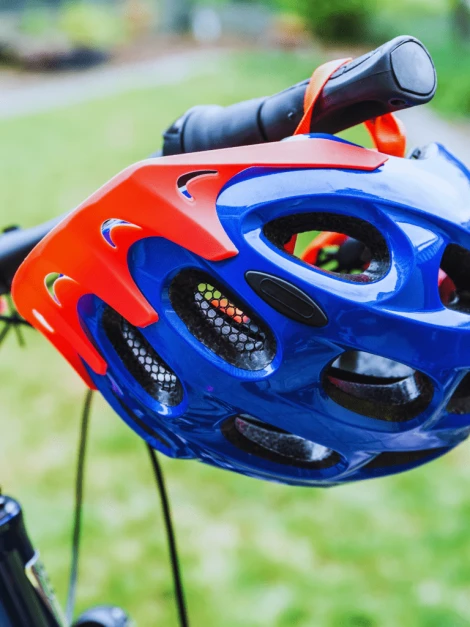
In our fast-paced world, it’s easy to overlook the simple safety measures we learned as kids. Whether it’s putting on your seatbelt, looking both ways before you cross the street, or in this case, wearing a helmet.
British celebrity chef and restaurateur, Gordon Ramsay, is perhaps best known for his successful TV career; not to diminish his Michelin star-awarded restaurants or his unapologetic personality. However, after a recent close call during a cyclist outing, he has become an unforeseen advocate for helmet safety.
In a post shared on his social media, Ramsay revealed a giant bruise across his lower torso as he discussed that he had been involved in a near-death cycling accident. He went on to urge his fans to comply with helmet safety protocols, saying, “You’ve got to wear a helmet. I don’t care how short the journey is. I don’t care, you know, the fact that these helmets cost money… they’re crucial.”
Ramsay’s words certainly ring true, as helmet studies have revealed. For cyclists, wearing a helmet can reduce the risk of:
- Traumatic brain injury by 53%
- Head injury by 48%
- Facial injury by 23%,
- Fatal injury by 34%
Just as helmet safety saved Ramsay’s life, it could save yours, too. Understanding proper helmet safety procedures is crucial for any cyclist, young or old.
How to Wear a Helmet the Right Way
- Maximize your protection by choosing the right type of helmet. Options are available specific to road biking, mountain biking, and urban biking.
- Ensure the helmet is sitting level atop your head so that there is a width of one-to-two fingers between your brow and the helmet.
- Bike helmets should have a snug fit. For helmets that have a fit ring or sizing pads, adjust until it is tight, but not uncomfortable.
- Once the chin strap is buckled, adjust the straps so that they are situated in a V-shape surrounding your ears, and no more than two fingers can fit under the strap.
Helmet Maintenance Tips
- Whether it appears damaged or not, replace your helmet after any and all biking accidents. Some damage can be invisible.
- Since bike helmets are susceptible to heat damage, avoid storing your helmet in hot areas like garages or cars. Bubbles can form and the adhesive can soften.
- Avoid chemical cleaners for your helmet, instead opt for mild soap and water with a microfiber cloth.
- Helmets should be replaced after five years of wear, even if there is no visible damage.
It’s easy to ditch the helmet when traveling a short distance on a bike, especially as an experienced rider. But as Ramsay encouraged, keep yourself safe from head injury by abiding by helmet safety protocols, no matter who you are or where you’re going.
Injured in a biking accident or other personal injury matter due to the negligence of another person? Contact us for a free consultation and receive expert guidance from our Jones & Swanson attorneys.
Image credits to Matt Harbicht.
Categories: Bicycle Accidents, Personal Injury, Safety Products, Safety Tips



